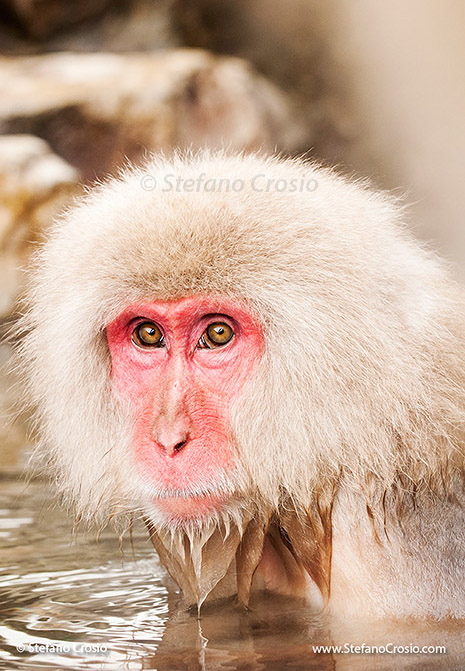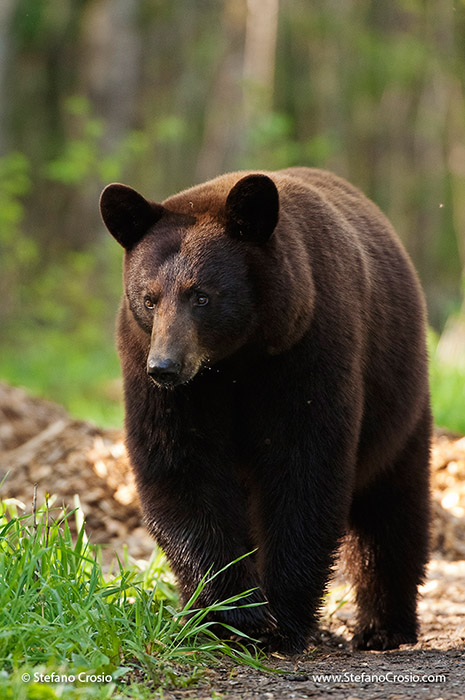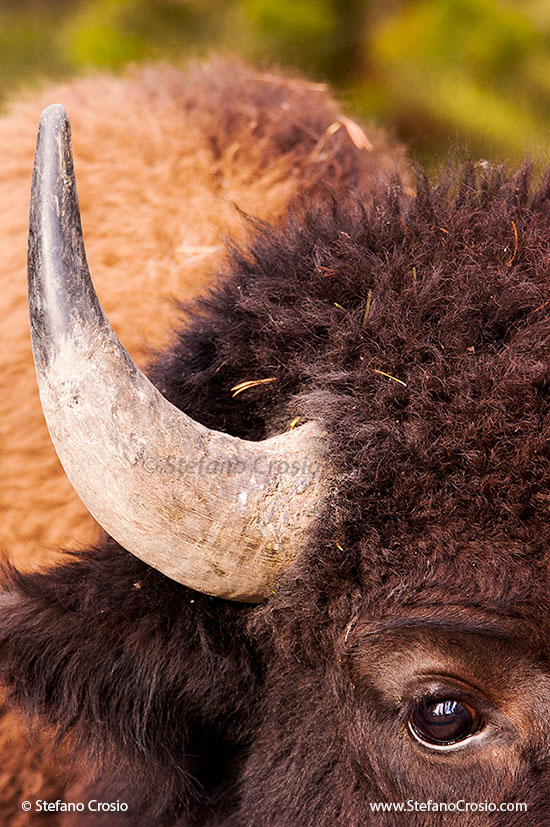 Caption: Canada, Hudson Bay – Polar bears (Ursus maritimus) play-fighting
Caption: Canada, Hudson Bay – Polar bears (Ursus maritimus) play-fighting
A while ago, the exquisite Fairy of the North, Dina (who so elegantly authors the blog The World According to Dina, masterfully combining her beautiful images with perfectly selected quotes to complement them) asked me if I would write a post about why I think anyone who shoots digital and takes his or her photography seriously should shoot RAW as opposed to straight off the camera Jpegs.
By the way, before we even get to the point, what is a RAW file, just in case you were wondering? A RAW file is essentially the equivalent of a film negative in the digital age. Every camera manufacturer has their own proprietary formats of files containing the raw (hence the name), unprocessed input captured by the sensor. In fact, RAW files are called in several different ways and have different extensions, depending on the various camera makers: for instance, Nikon’s are called NEF and Canon’s are called either CRW or CR2, depending on the models.
Unlike straight out of the camera Jpegs (which are the result of the camera’s computer processing the sensor data, making arbitrary choices that you as the photographer cannot control and producing a file format that is immediately viewable by anyone), RAW files need to be processed through specialized software such as the camera manufacturer’s proprietary processing software or third-party software such as Adobe PhotoShop or Lightroom or Apple Aperture and then converted to a usable file format, such as TIFF, PSD or Jpeg.
In essence, processing a RAW file requires more of the photographer’s time because he or she has choices to make (in terms of optimizing white balance, exposure, contrast, color balance/saturation, etc.) but puts the photographer back in control of his or her creative decisions and what’s best, in a totally non-destructive, reversible way (more on this later).
Having said that, here are the three main reasons why I think you should set your camera to shoot RAW instead of Jpeg:
1. Unlimited White Balance Adjustments: This is one of the most powerful reasons for choosing a RAW file over an in-camera Jpeg. In short: if for any reason you shoot an image using a white balance setting that is not optimal for the scene you are shooting and you have your camera set to produce a Jpeg file, then you are stuck with that suboptimal white balance and changing it (or at least improving it) will be a difficult and time-consuming task to be performed in your image processing software. If instead you shoot RAW, you can easily correct your white balance with just one click in your processing software. Done!
2. Lossless Process: Jpegs are image files that are considerably smaller than other formats. This is because they utilize a compression algorithm that is lossy, meaning that it discards a bunch of color information from the image to make the file smaller. The more you compress, the more subtle color transitions and image sharpness you lose. In addition, image data loss is cumulative, meaning that every time you save or re-save a Jpeg file, you lose information that cannot be recovered later on. If you shoot RAW instead, you retain all of the information captured by your camera’s sensor, forever. This means not only that, should you need to perform some intensive editing of your image you will have more information to work on, but also and more importantly that you will forever retain full access to all the information that the sensor originally captured.
3. Non-Destructive, Reversible Editing: If you shoot Jpeg and then edit your file in post processing you can then either keep it as a Jpeg when you save it (in which case, all your edits will become permanent AND you will experience image data loss when you save your processed Jpeg) or work using layers (if available in your processing software). The latter is definitely the way to go, because layers can always be discarded later on, should you wish to process your image differently. However, Jpegs do not support layers, so if you use them and want to retain them, you will have to save your processed file in a format that supports layers, such as TIFF or PSD which are both lossless formats but end up in bigger file sizes. Instead, if you shoot RAW and process your RAW file, all your edits will be stored in a so-called “sidecar file”, meaning a small text file that goes hand in hand with your RAW file and contains all the information about the edits that you performed. This means that your RAW file will never be altered and you will always be able to change any of your edits at any time in the future with no damage to your image file or information loss. Pretty cool, huh?
As a final note, even if after reading these compelling reasons for shooting RAW 😉 you were to choose to continue shooting in-camera Jpegs, at the very least make sure that as soon as you download them to your computer you immediately save them to a lossless image format: as we said earlier on, not only will this let you retain your adjustment layers if you so choose, but it will avoid image degradation every time you re-save that Jpeg.
![]()
























